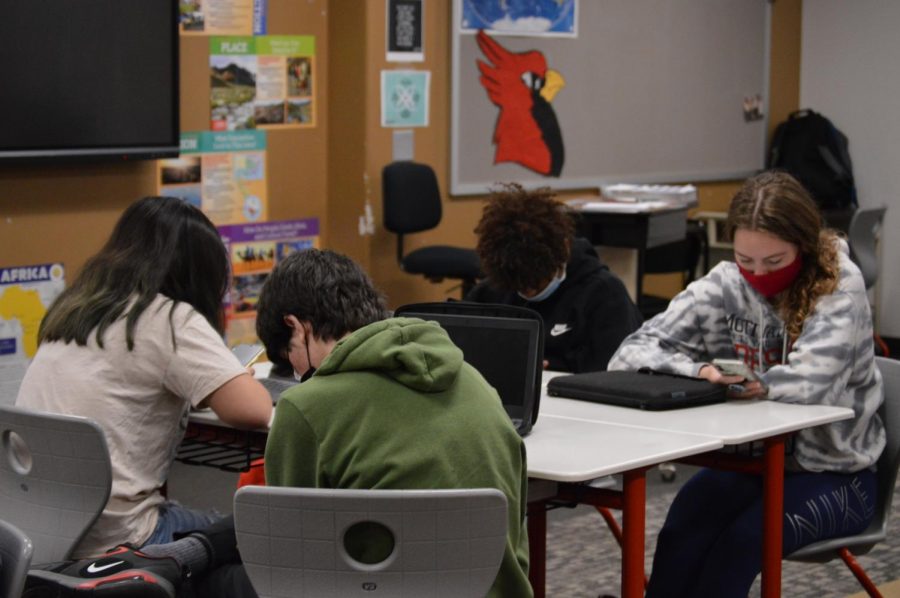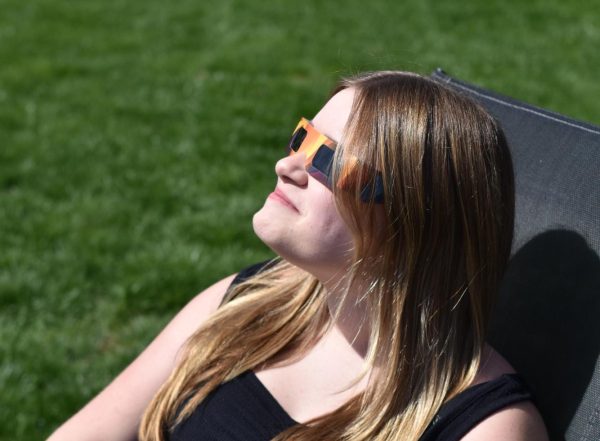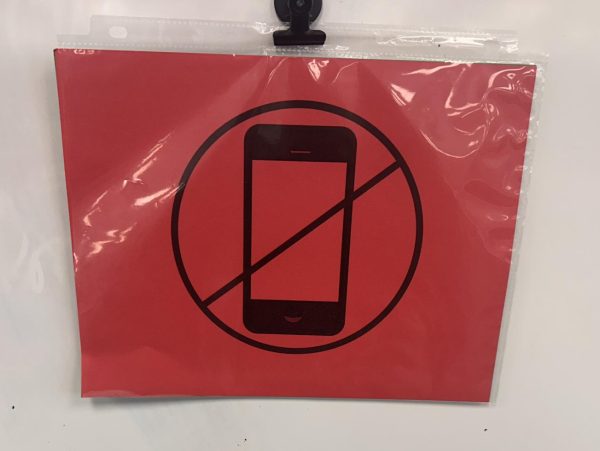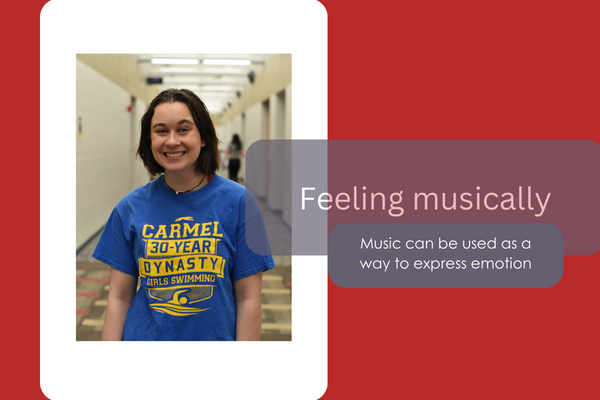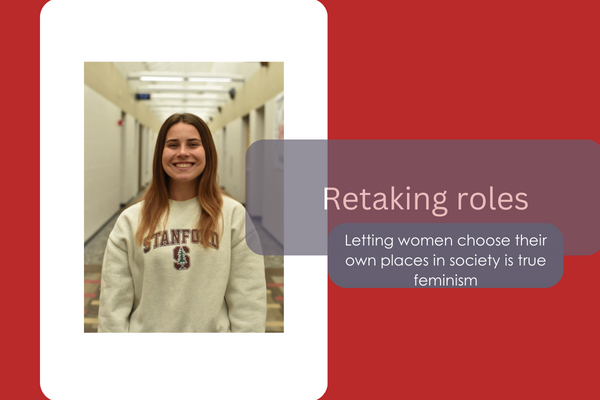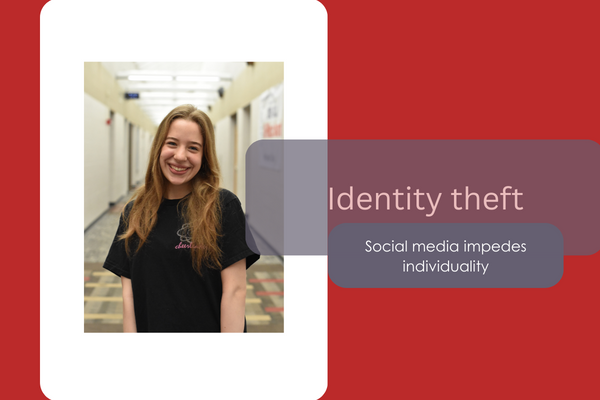Mixed emotions
SHS students and staff react to going back in person full time
Students in social studies teacher Joe Leonard’s geography class sit side by side. All students were allowed to be together again starting April 5.
Sophomore Hannah Matthews was surprised when her parents got a voicemail call from SHS with the news that students would be returning to school four days a week after spring break.
She says with the amount of COVID-19 cases not decreasing by much, she wasn’t expecting this change so soon. And she wasn’t very sure that it was a good idea.
“I was a little surprised because I didn’t expect them to be going to four days this soon,” Matthews said. “I was also nervous because I knew we would have a lot of people in our classes now… I was confused and had a lot of questions.”
Since the announcement on March 5, the students and teachers of SHS have had mixed reactions to the news of students returning back to school four days a week on April 5. While some welcome this change as a sign of hope, others see it as a risk that is being taken too soon.
Many students believe this change is a step in the right direction to gain back what was lost at the beginning of the pandemic last school year.
“It’s been a long time since I felt like school was normal,” freshman Grace Wilson said. “And hearing that we’re going back four days a week, I finally thought we were going to get some normalcy.”
Even though it may bring back a sense of normalcy, speech teacher Sara Berghoff sees it as just another change in an ever-changing year.
“People have gotten into habits and people have gotten into schedules,” Berghoff said. “You look for a rhythm in a school year, and it’s been hard to find the rhythm in this year… This is just another change in a rough year… It’s wearing me out.”
Another concern for many students and teachers is the safety that comes along with having the entire student population back in the building after only having half of it for the entirety of this year so far.
Sophomore Kham Thangngan says that he feels unsafe with this approach due to the inability for students to social distance as much as they have been able to so far.
“With 18 to 26 students in each classroom, and then we have lunch, and then we have the hallways that are always crowded… I really don’t feel like it’s safe,” Thangngan said.
But foreign language teacher Chris Sponsler says that due to the statistics about transmission rates in schools, he is not concerned about the safety of this change.
“We have the quarantine stuff in place where students are removed from school,” Sponsler said. “And in everything I’ve read, those transmission rates are really… low from student to student.”
Regardless of safety concerns, some students are optimistic for their academics to improve with the increase in class time that will be given to them.
“It’s going to help me do better in school because I’ll actually be able to talk to my teachers and ask more questions and learn material from sitting in front of my teacher,” Wilson said.
On the other hand, there are students like Matthews who feel that though in-person class time will increase, she expects her time she has with her teachers to decrease.
“With the smaller classes, teachers were able to help us more and we were able to get more one on one teaching,” Matthews said. “But now that there are more students in the classes, we won’t be able to have that one-on-one connection with the teachers as much.”
Senior Noah Clark thinks that seniors are going to be largely impacted by this change due to the parts of a normal senior year that they have missed out on.
“I think going back four days a week will give us the ability to capture some of that,” Clark said. “It’s not going to be perfect. It’s not going to be completely the same. But I think it gives us the ability to at least get part of it back.”
Students are not the only part of the SHS community that is expected to be affected by this change. Sponsler thinks that teachers will be gaining a part of their career that they have been missing for a while now.
“We are always looking to establish a community in our classroom,” Sponsler said. “That sense of community, that’s something that has really been missing… And that’s what we all really, really want.”
Not all teachers are expecting this to bring a significant amount of change to their classroom or the work ethic that they are receiving from their students though.
Berghoff thinks that the work ethic of her students is going to stay about the same.
“I think whether we’re expecting them to be there four days or whether we’re expecting them to be there two days, the people who are motivated to do stuff have been doing stuff and the people who aren’t motivated to do stuff aren’t going to show up,” Berghoff said.
Sponsler says that no matter how this change affects SHS teachers, they will be able to adapt and face it. He believes that teachers are resilient and that this will not be any major shift for them.
Clark thinks that even though there may be some challenges that come with the switch to four days of in-person school, this will end up helping the SHS community in the end.
“It will allow people to feel more connected in a time when that’s really important,” Clark said.
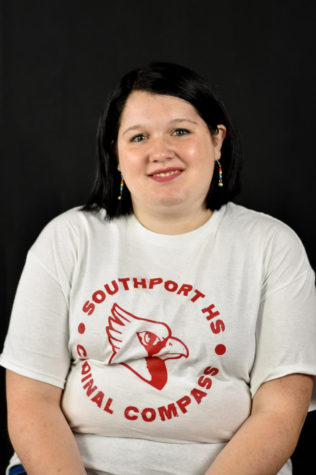
Hey everyone! My name is Megan Rogers and I am one of the Managing Editors of The Journal this year! I will be working with our News, Sports, Culture and...


